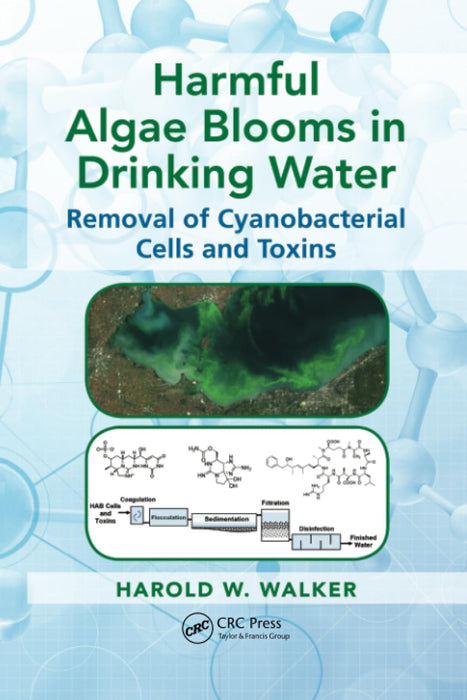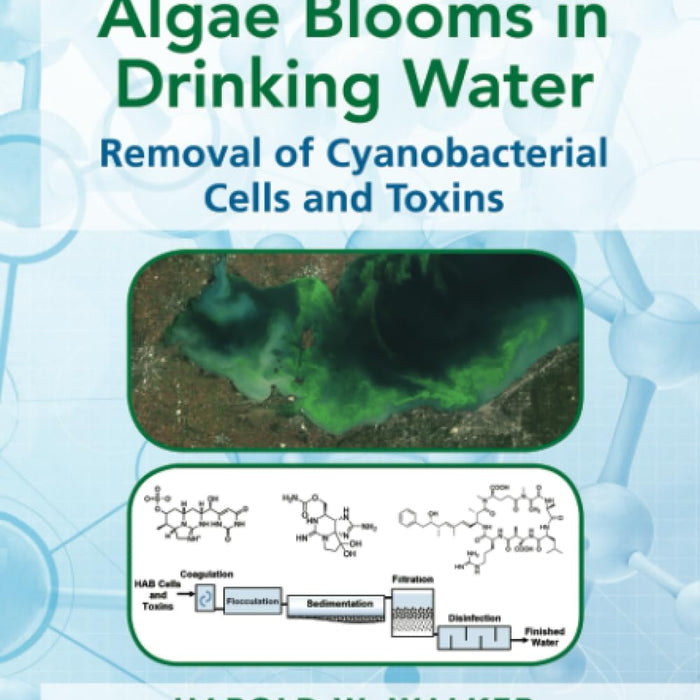Harmful Algae Blooms in Drinking Water by Harold W Walker (Author)
- Publisher: BOTANY
- Availability: In Stock
- SKU: 49101
- Number of Pages: 176
Rs.490.00
Rs.695.00
Tags: Advanced Water Treatment , Advances in Water and Wastewater Transport and Treatment , Algae and Waterborne Pathogens , Algae Control in Water , Algae in Aquatic Environments , Algae in Water , Algae Removal , Algal Blooms in Water , Algal Contamination , Algal Toxins in Drinking Water , best books , Best Price , Best Selling Books , Drinking Water Contamination , Drinking Water Safety , Environmental Science , Environmental Water Hazards , Freshwater Algae , Harmful Algae Blooms , Harmful Algae Blooms in Drinking Water , Harold W Walker , ONLINE BOOKS , Online Bookshop , Wastewater Treatment , Water Health Hazards , Water Management , Water Pollution , Water Purification , Water Safety , Water Treatment , Water Treatment Technologies , Waterborne Diseases , Waterborne Toxins
Harmful Algae Blooms in Drinking Water
Harold W Walker (Author)
Quality: Black White Pakistan Print
Harmful Algae Blooms in Drinking Water by Harold W. Walker is a specialized resource that addresses the growing concern of harmful algal blooms (HABs) in drinking water systems. This book explores the scientific, environmental, and public health issues surrounding HABs, particularly their occurrence in water supplies. With detailed case studies and research findings, the book offers insights into the causes, monitoring, and treatment of HABs to safeguard public health.
Keypoints:
-
Comprehensive Coverage of HABs: The book covers the causes, types, and environmental conditions that lead to harmful algal blooms in water sources.
-
Impact on Public Health: It highlights the risks associated with harmful algae toxins in drinking water, including health impacts on humans and animals.
-
Water Treatment Methods: The book details current technologies and methods for treating drinking water contaminated by algae, with a focus on toxin removal.
-
Monitoring Strategies: It outlines best practices for detecting and monitoring algal blooms in water bodies to enable early intervention.
-
Climate Change Influence: The author discusses how climate change and environmental factors contribute to the increasing frequency and severity of HABs.

























